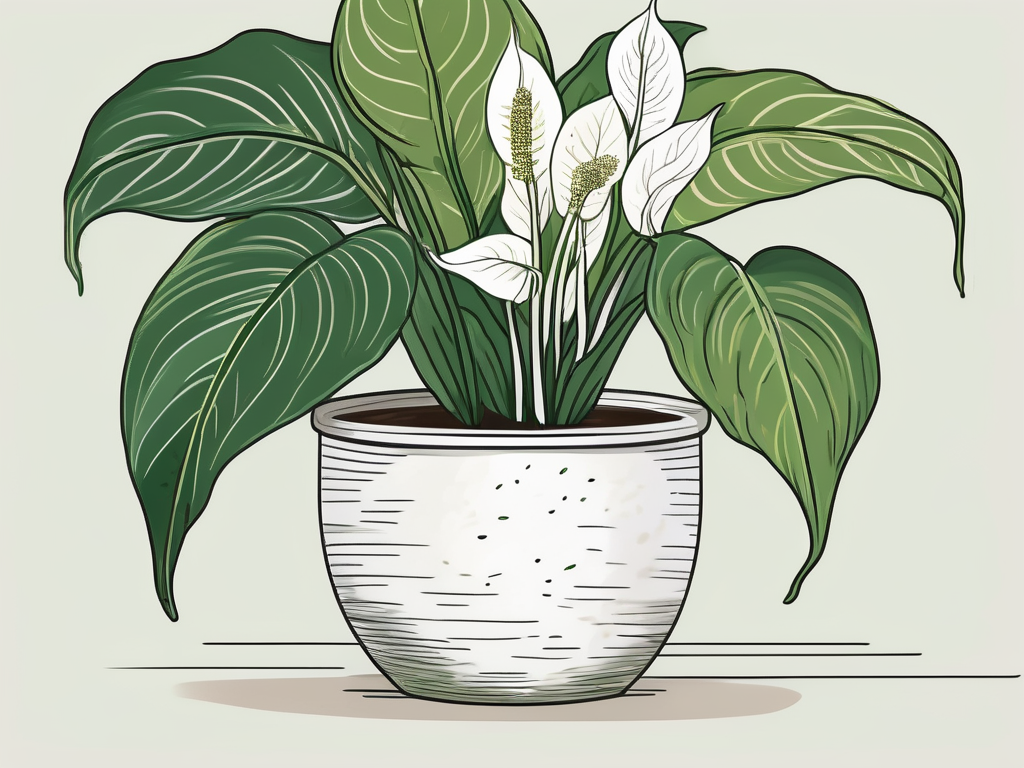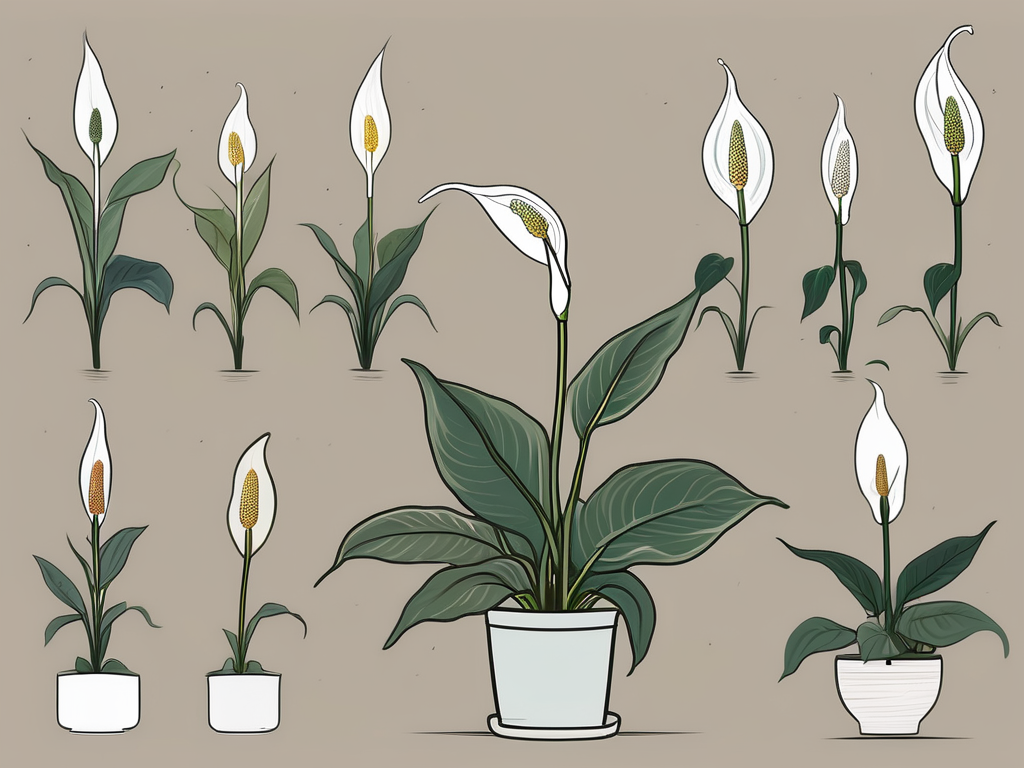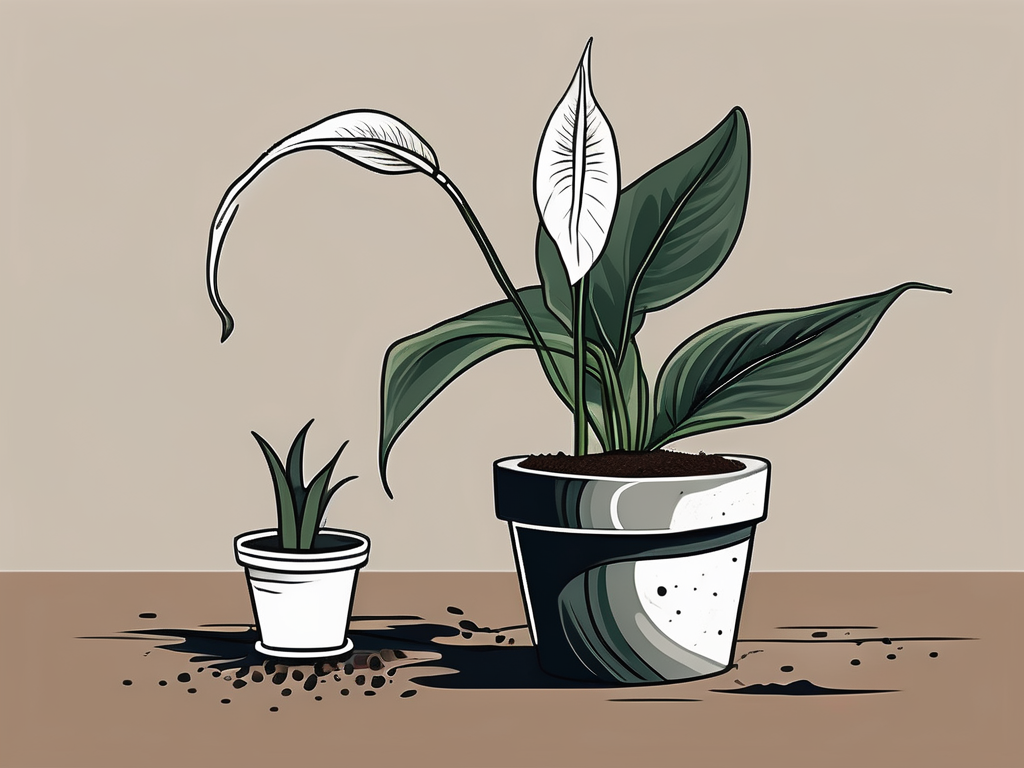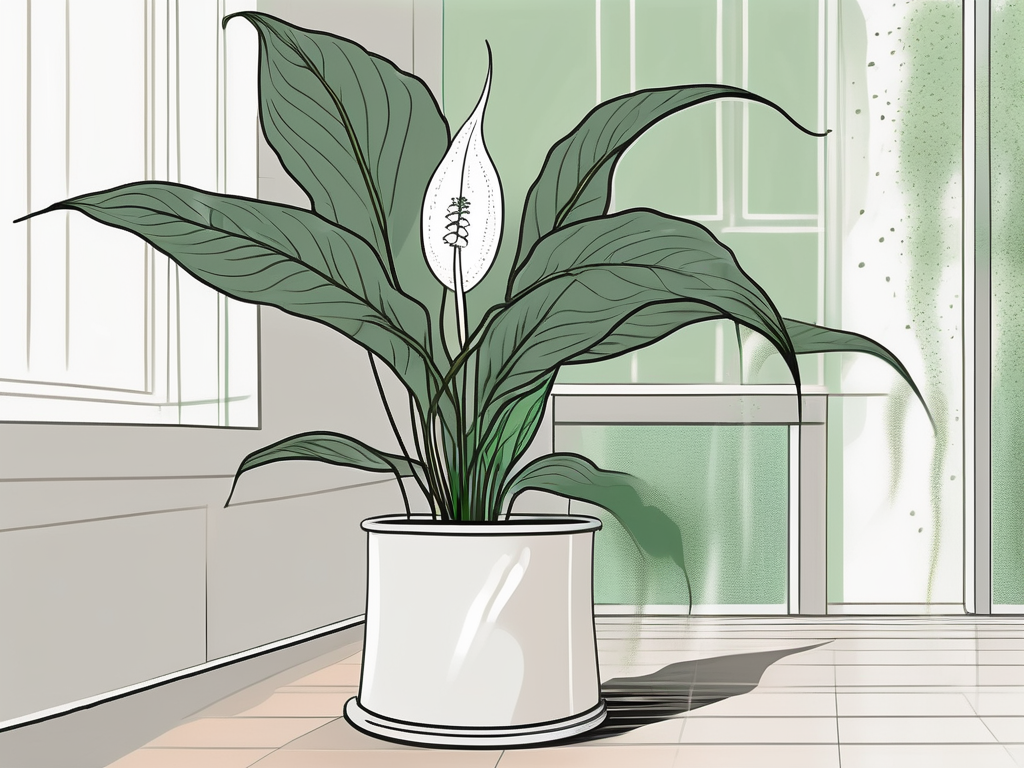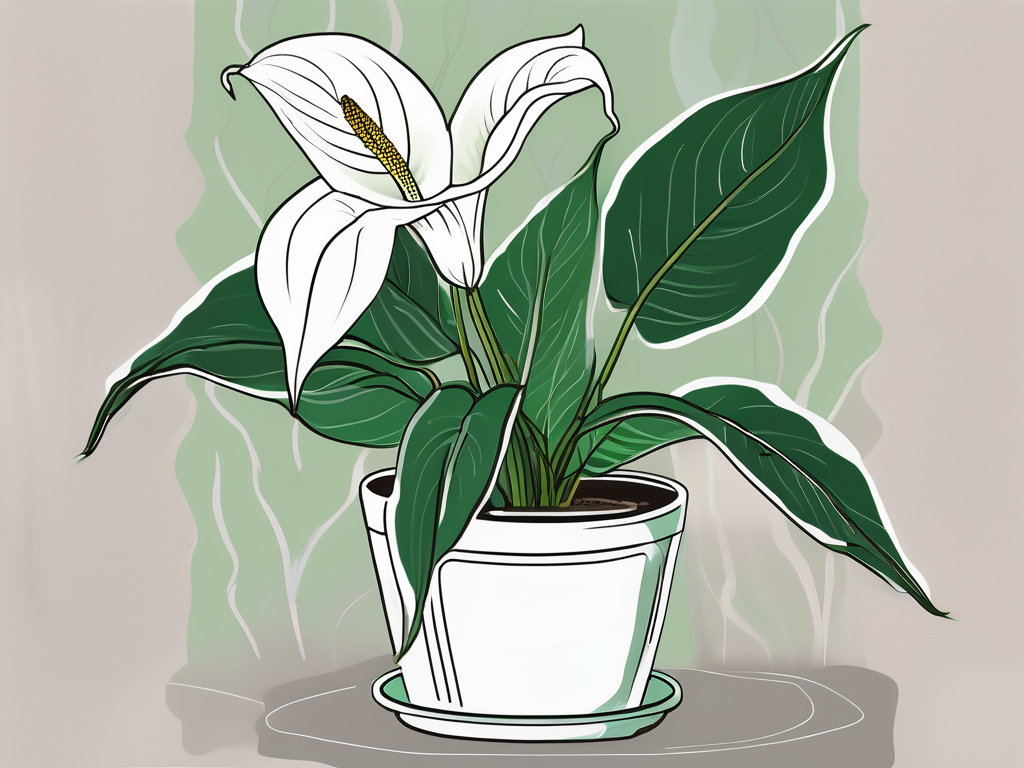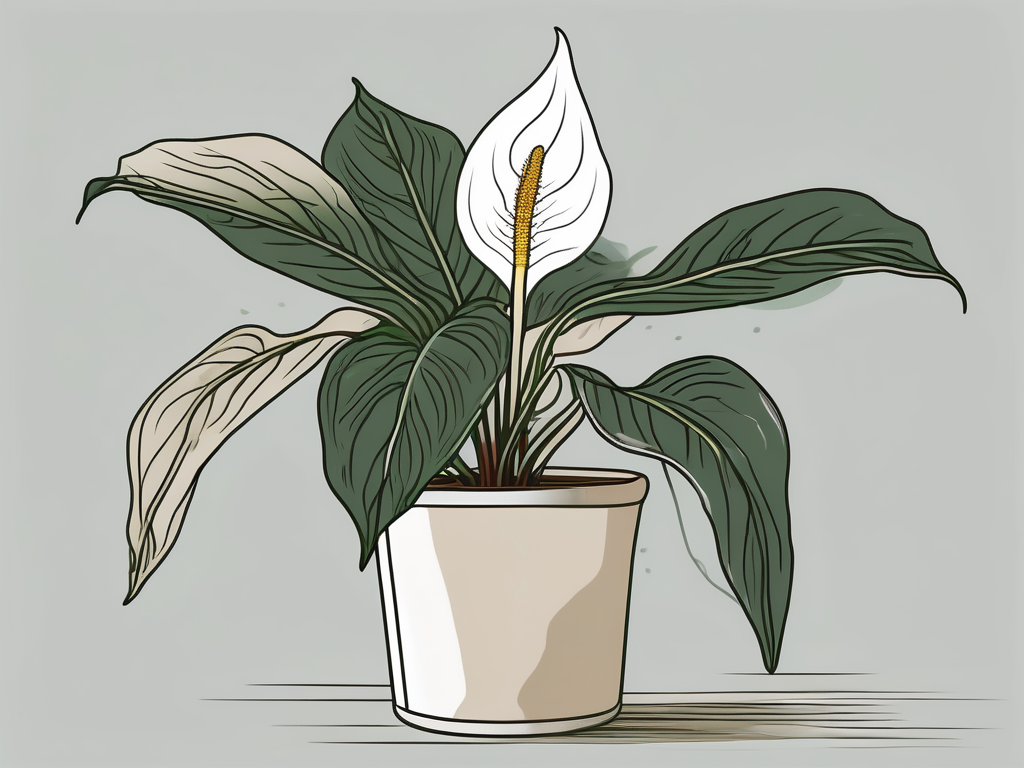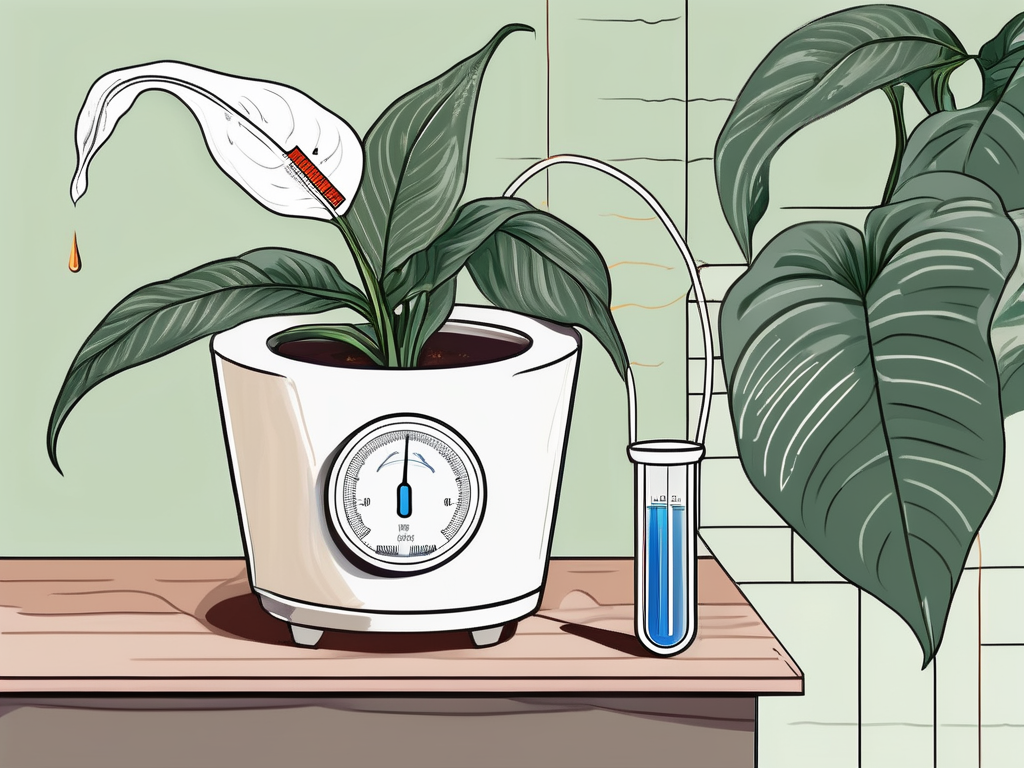
Peace lilies, with their graceful leaves and elegant white flowers, are a popular choice for many plant lovers. They’re not just a pretty face either—they’re known for their ability to cleanse the air of toxins. But like all plants, peace lilies have their own set of needs, including specific temperature preferences.
This guide will take you through everything you need to know about the temperature tolerance of peace lilies. We’ll cover ideal temperature ranges, how to spot signs of temperature stress, and practical tips for keeping your peace lilies happy and healthy in various climates. So, whether you’re a seasoned plant parent or just beginning your botanical journey, read on to ensure your peace lilies thrive.
Why Temperature Matters for Peace Lilies
Temperature is a crucial factor in plant care, and peace lilies are no exception. These tropical beauties originate from warm, humid forests, which means they have specific temperature needs. Understanding these needs can help you create the perfect environment for them to flourish.
Peace lilies prefer a consistent temperature range. They thrive in temperatures between 65°F and 85°F (18°C to 29°C). This range mimics their natural habitat, providing the warmth they need to grow and bloom. Extreme temperatures outside of this range can cause stress, leading to wilting, yellowing leaves, or even death.
If you’ve ever noticed your peace lily looking a bit under the weather, it might be due to temperature fluctuations. Consistency is key. Drafts, sudden temperature drops, or excessive heat can all impact your plant’s health. So, it’s essential to monitor your home’s temperature, especially during seasonal changes.
Ideal Temperature Range
So, what exactly is the sweet spot for peace lilies when it comes to temperature? As mentioned, they do best in a range of 65°F to 85°F. This range provides enough warmth for growth without pushing the plant into the danger zone of overheating.
During the day, aim to keep your home’s temperature between 70°F and 75°F (21°C and 24°C). At night, temperatures can safely drop to around 60°F (15°C) without causing harm. These temperatures closely mimic the natural tropical environment of peace lilies, helping them to thrive indoors.
It’s also worth noting that peace lilies appreciate a bit of humidity. If your home tends to be dry, especially in winter, consider using a humidifier or placing a tray of water near your plants. This can help maintain the right moisture level, complementing the temperature needs of your peace lily.
Signs of Temperature Stress
Just like us, plants can’t exactly tell you when they’re uncomfortable, but they do show signs. Recognizing these signs early can save your peace lily from irreversible damage.
Here are some common indicators that your peace lily might be experiencing temperature stress:
- Wilting: If your peace lily appears droopy or wilted, it might be too hot or too cold. Check the room’s temperature and adjust if necessary.
- Yellowing Leaves: Sudden yellowing of leaves can indicate temperature shock. This often happens if the plant is exposed to drafts or sudden temperature changes.
- Brown Tips: Brown edges or tips on leaves can result from dry air or excessive heat. Ensure your plant isn’t too close to heaters or air vents.
- Slow Growth: If your peace lily seems to be growing slowly, it might not be warm enough. Check that it’s within the optimal temperature range.
By keeping an eye out for these signs, you can make adjustments to your peace lily’s environment and keep it healthy and vibrant.
Managing Temperature in Different Seasons
As the seasons change, so do the temperature conditions in your home. This can affect your peace lily, making it important to adjust its care accordingly.
Spring and Summer
During the warmer months, you might find that your home naturally sits within the ideal temperature range for peace lilies. However, be cautious of direct sunlight, which can heat up a room quickly. Consider moving your plant to a spot with indirect light to prevent overheating.
Fall and Winter
As temperatures drop, it’s important to keep your peace lily away from drafts and cold windows. You might need to move it to a warmer part of your home or use a small space heater to maintain a consistent temperature. Just be sure not to place the plant too close to the heat source.
Using a thermometer to monitor the room temperature can be helpful in ensuring your peace lily stays within its comfort zone, regardless of the season.
Creating a Comfortable Environment
Creating the right environment for your peace lily is about more than just temperature. Humidity, light, and placement all play a part in how well your plant will thrive.
Start by choosing the right spot in your home. Peace lilies prefer bright, indirect light, which mimics the dappled sunlight of their natural habitat. Too much direct sunlight can scorch their leaves, so consider placing them near an east or north-facing window.
Humidity is another key factor. Peace lilies enjoy a humid environment, similar to their tropical origins. If your home is dry, consider the following tips:
- Use a Humidifier: This is the most effective way to increase humidity.
- Mist the Leaves: Regular misting can help keep your plant hydrated.
- Place on a Pebble Tray: Fill a tray with water and pebbles, and place the plant pot on top. As the water evaporates, it increases the humidity around the plant.
By considering these environmental factors, you can create a comfortable space for your peace lily to thrive.
Dealing with Temperature Fluctuations
Temperature fluctuations are a common challenge for indoor plants, especially in homes with drafts or inconsistent heating. Here’s how you can minimize these fluctuations and keep your peace lily happy:
- Seal Drafts: Check windows and doors for drafts and seal them to maintain a consistent temperature.
- Use Blinds or Curtains: These can help regulate temperature by blocking excessive heat or cold from windows.
- Move Plants Away from Heat Sources: Keep your peace lily away from radiators, heaters, and air conditioning vents that can cause rapid temperature changes.
- Invest in a Thermometer: A simple room thermometer can help monitor and maintain the ideal temperature.
These tips can help you manage temperature fluctuations and provide a stable environment for your peace lily.
Common Mistakes to Avoid
When it comes to peace lilies and temperature, there are a few common mistakes that can lead to stress or damage:
- Placing Near Windows in Winter: The cold air from windows can cause temperature shock.
- Overheating from Direct Sunlight: Direct sunlight can raise temperatures too high, causing leaf burn.
- Ignoring Drafts: Cold drafts can cause sudden temperature drops, leading to wilting or yellowing leaves.
- Moving Plants Too Often: Frequent changes in location can expose your peace lily to varying temperatures, causing stress.
Avoiding these mistakes can help you maintain your peace lily’s health and ensure it thrives in your home.
Using Technology to Monitor Temperature
In today’s tech-savvy world, there are plenty of gadgets that can help you keep track of your peace lily’s environment. From smart thermostats to humidity sensors, technology can play a big role in plant care.
Consider investing in a smart thermostat to maintain a consistent temperature throughout your home. Many of these devices can be controlled via smartphone apps, allowing you to adjust settings even when you’re not at home.
Humidity sensors can also be useful, especially in dry climates. These devices measure the humidity levels in your home, helping you adjust as needed. Combined with a humidifier, they can create the ideal environment for your peace lily.
Embracing technology can make it easier to provide the consistent care your peace lily needs to thrive.
Adapting Care for Peace Lilies in Different Climates
Whether you’re in a hot, dry desert or a cool, damp region, adapting your care routine is essential for keeping your peace lily healthy. Here are some tips for various climates:
Hot Climates
In hot, sunny regions, keeping your peace lily away from direct sunlight is crucial. Use blinds or curtains to filter the light, and ensure the room stays cool. Regular misting and a humidifier can help maintain humidity levels.
Cold Climates
In cooler areas, focus on keeping your peace lily warm and away from drafts. Use a small heater to maintain temperature, but ensure it’s not too close to the plant. A pebble tray can help increase humidity in dry, heated homes.
Humid Climates
If you live in a naturally humid area, your peace lily will likely thrive. Just ensure it’s not exposed to direct sunlight, and monitor the temperature to keep it within the ideal range.
By adapting your care routine to your local climate, you can ensure your peace lily thrives, no matter where you live.
Final Thoughts
Temperature plays a significant role in the health and happiness of your peace lilies. By understanding their temperature preferences and making a few simple adjustments, you can provide an environment where these tropical plants thrive.
At Cafe Planta, we’re passionate about helping you care for your plants. Whether you’re looking for new additions to your collection or have questions about plant care, we’re here to help. Feel free to email us, or reach out on Instagram. We’re excited to support your plant journey and help you create a beautiful, thriving indoor garden.













